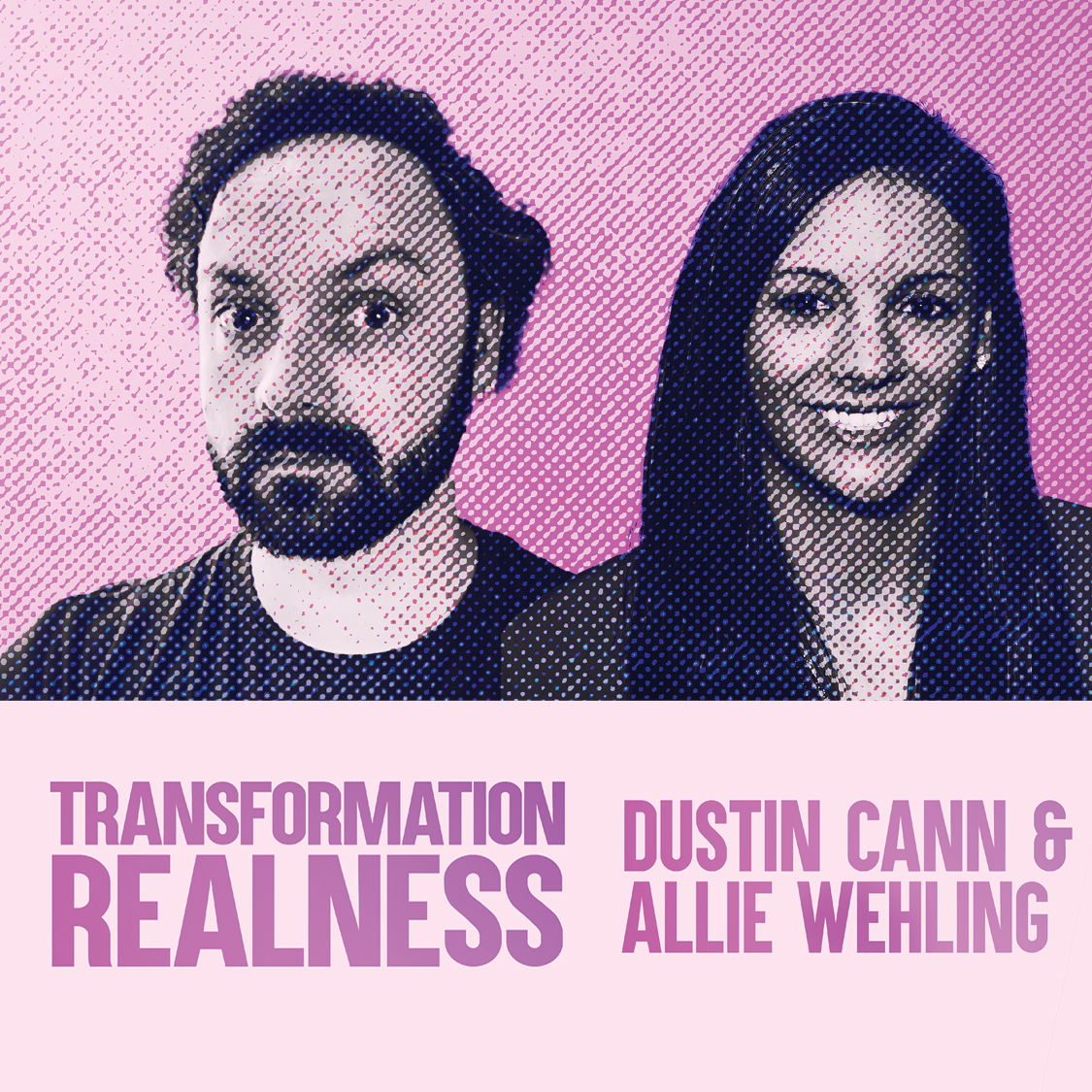On this episode of Transformation Realness, I’m talking with Splunk’s Allie Wehling, IO psychologist and head of talent assessment, and Dustin Cann, senior director of people process, compliance and operations. We discuss the nuances of AI in HR, best practices for exploring the delicate balance between innovation and compliance and strategies for implementing AI in HR safely, ethically and intentionally.
With experience both as HR practitioners themselves as well as serving as solutions providers, Allie and Dustin bring an informed perspective to the topic of AI in HR that’s more important now than ever. “That is really important: to understand the practitioner point of view, understand the science — and not just creating a tool that demos really well, but that is actually going to be really meaningful,” Allie says.
AI isn’t going anywhere. It’s embedded in every aspect of our work, and if we don’t get ahead of it we’re going to fall behind — and put our businesses at risk. That’s why we’re answering your burning questions about AI. Listen in for some inside intel on preparing your organization to apply AI safely.
Keep People in the Loop
You have an important responsibility to facilitate business decisions, especially around workplace tech. But Dustin and Allie are quick to emphasize that you can’t go it alone on such complex projects. “The organizations that are successful selecting and implementing these tools, especially long term,” Dustin says, “are likely going to be the ones that have the ability to navigate that conversation with compliance partners, lawyers, all of that, by going into these exercises as a team.”
Bringing in different perspectives ensures all angles get considered upfront. It shows due diligence and builds buy-in across teams. Plus, relying on experts helps fill in the gaps where your own knowledge may be lacking, like intricate technical integrations or privacy nuances worldwide.
And don’t forget perhaps the most important stakeholder group of all: your workforce. For any tech adoption to work, you need employees fully onboard — and that means communicating openly and honestly with them upfront. “We need to be really transparent with employees about why we are implementing this AI system, outlining exactly how the data will and will not be used, and ensuring that they have an opportunity to consent to it,” Allie says.
Keep It Simple
When proposing new AI initiatives, gaining approval from legal and compliance stakeholders is crucial. Dustin strongly suggests adopting a clear, simplified narrative to build credibility with these groups. “If I can’t articulate how this works, and what it’s doing, to partners across my legal teams, data protection teams, and so forth, I can’t buy it,” he says.
Don’t get bogged down in the details. Highlight a specific business problem and explain how the proposed solution aims to address it effectively and compliantly. Presenting complex machine learning concepts in an overly complex way may raise more questions than answers.
Dustin also cautions against taking vendor solutions at face value. An ROI study on an interview scheduling tool, he says, could show significant value. But those types of tools depend heavily on interviewers practicing excellent calendar hygiene — and most don’t. In practice, the tool may not deliver the value it promises.
By simplifying your use cases and breaking them down in terms of actual practice, you can explain the value of a solution in your specific workplace. “That’s going to … lead you down the path where you’ve got real applied impact,” Dustin says.
Keep Up With Trends
Staying ahead of the curve is crucial for supporting your workforce in this dynamic environment, Allie says. While being an expert coder definitely isn’t necessary, she stresses that simply checking in on developments every once in a while isn’t going to cut it anymore either. To really keep your organization competitive in this rapidly changing landscape, you need to make following innovations a real priority.
“You don’t need to go take a bootcamp in machine learning and know how to code in Python,” Allie says. “But it is incumbent upon us to keep up with emerging technologies and understand where the market is going.” Equipped with an understanding of the trends in technology — and all the possible use cases — you can lead the conversation about selecting the right AI tools your business needs to navigate current disruptions.
People in This Episode
Author
-

Kyle Lagunas is the Head of Strategy & Principal Analyst at Aptitude Research. He’s spent over a decade studying innovation cycles in HR and talent technology—with leadership roles in both the solution provider and practitioner space—and brings that breadth of experience and insight to his work advising vendors and practitioners on the ever-evolving world of talent. He’s a transformational talent leader, top industry analyst, and non-nonsense strategist with a reputation for bringing a fresh perspective to the table. Before joining Aptitude, he served as the Head of Talent Attraction, Sourcing & Insight at General Motors where he led the go-to-market functions of the company’s global talent acquisition and played a pivotal role in transforming their recruiting strategies and processes. At Beamery, his role as Director of Strategy put him at the intersection of customer experience, sales and marketing, and product. At Aptitude, Kyle brings together all aspects of his career to bridge the ever-growing gap between talent leaders, their stakeholders, and their solution providers to power more meaningful outcomes.
Recent Posts
